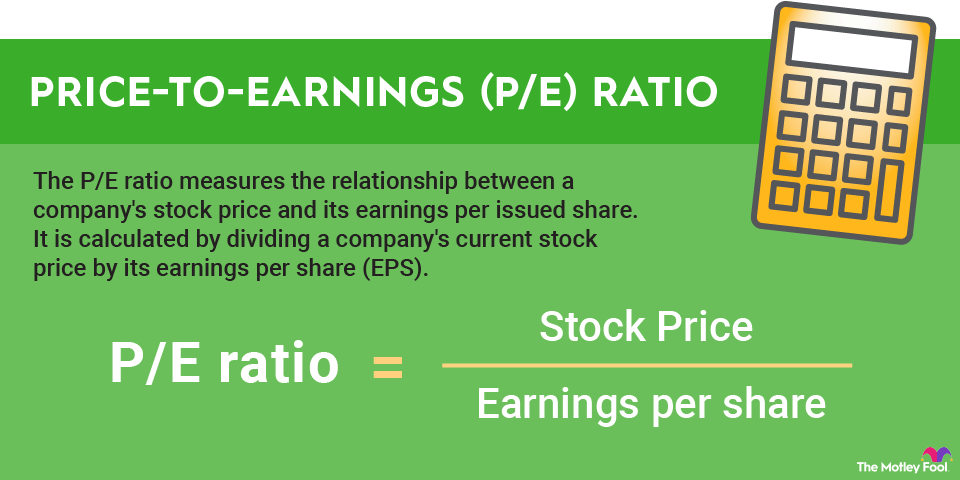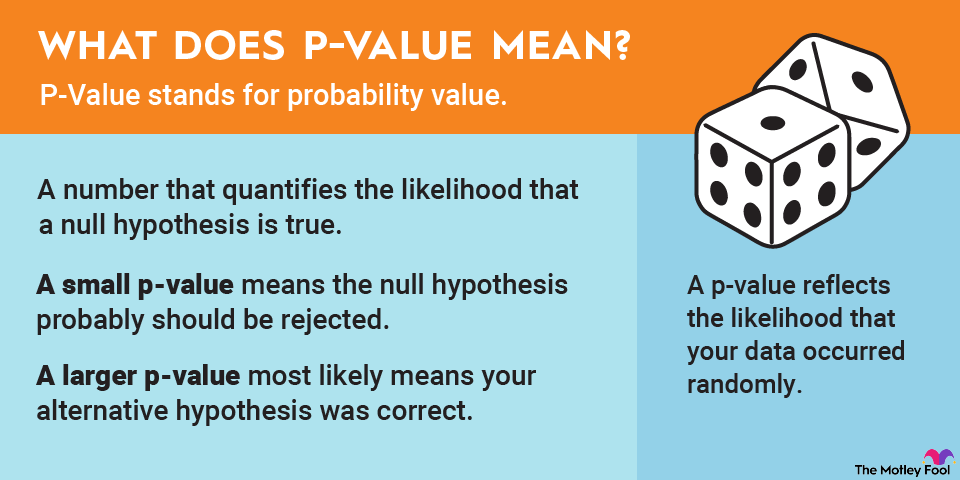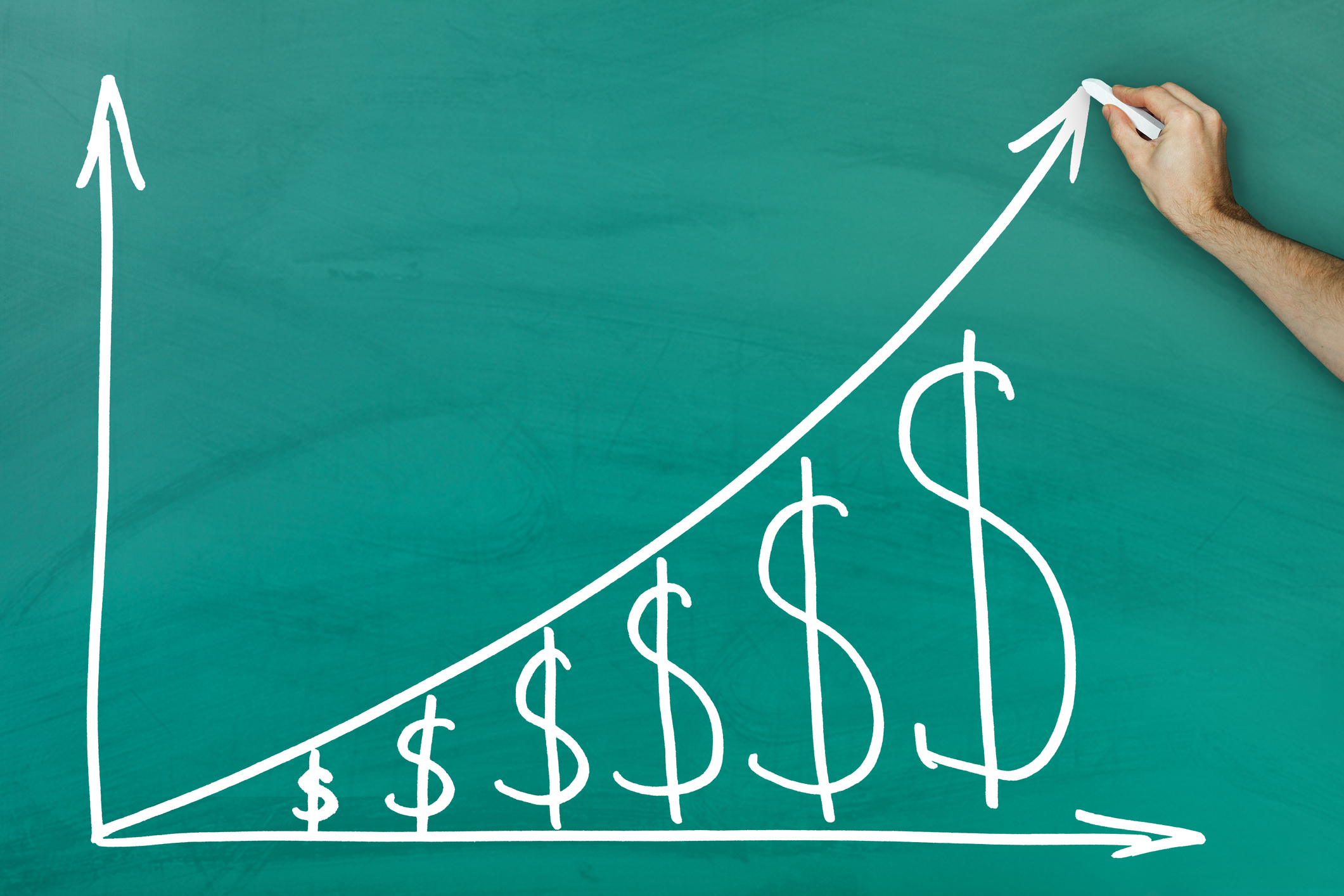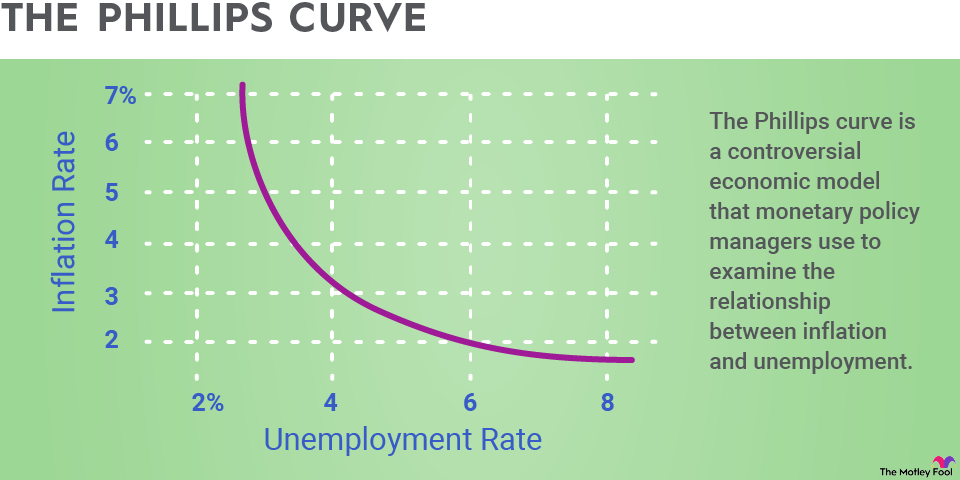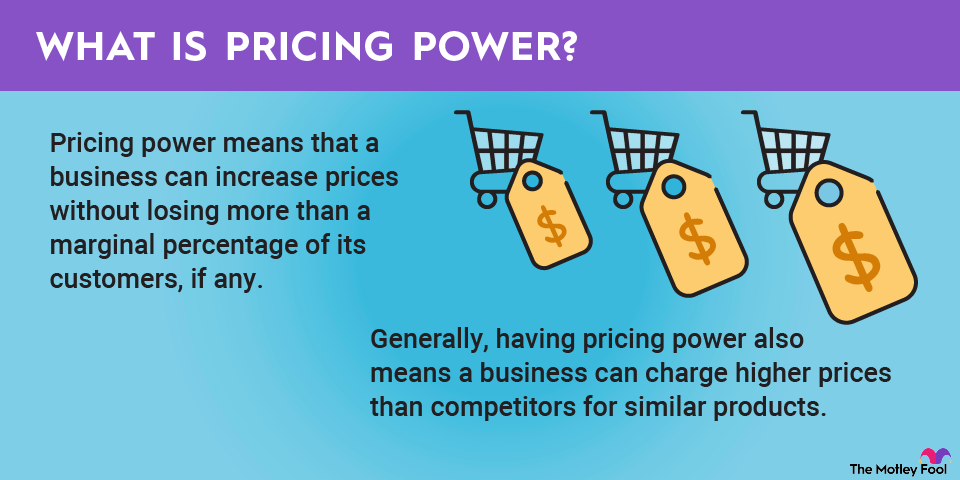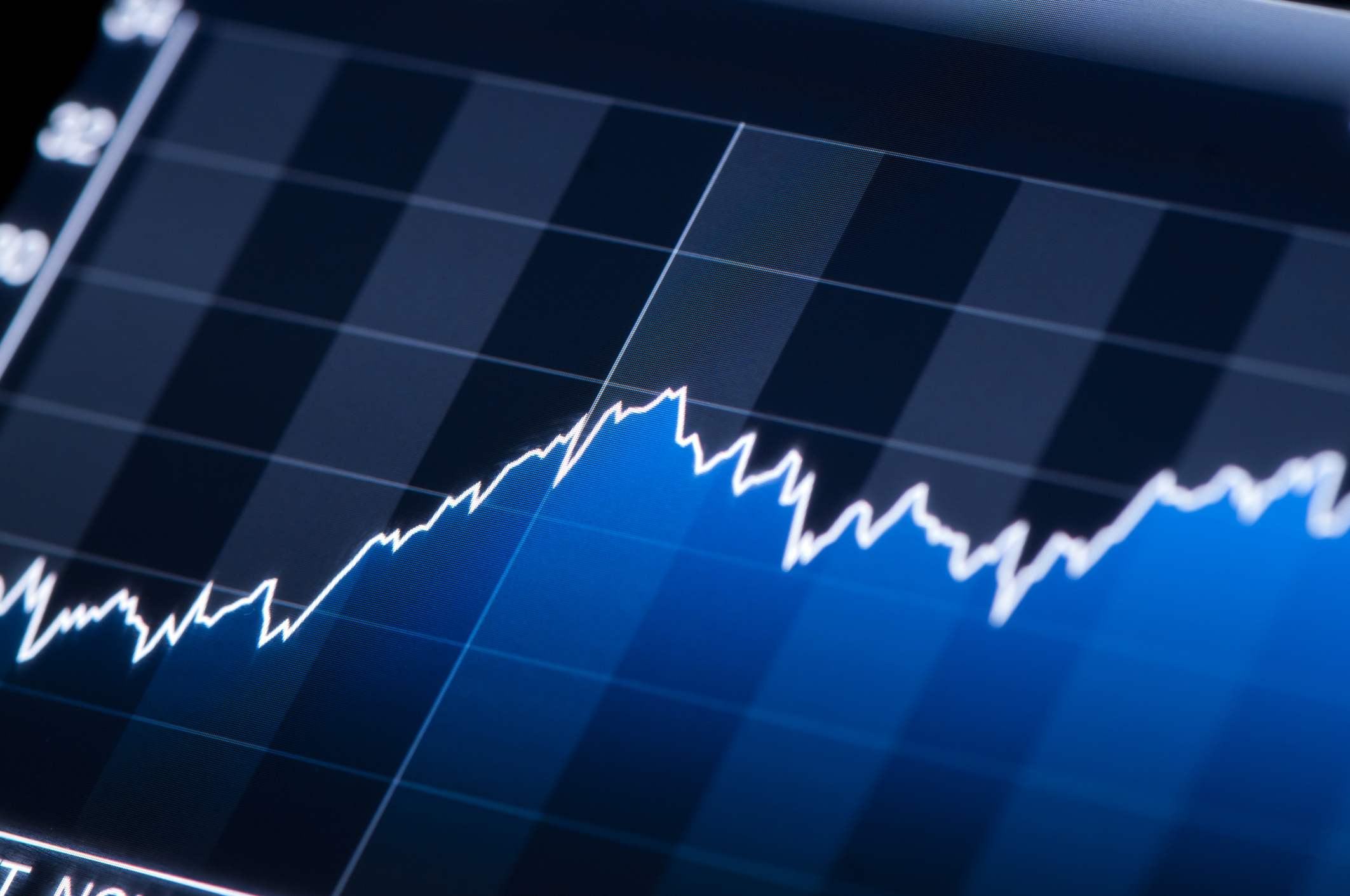To raise funds, companies will sometimes sell stock. When stock is sold to the public, the company will set and announce a public offering price.
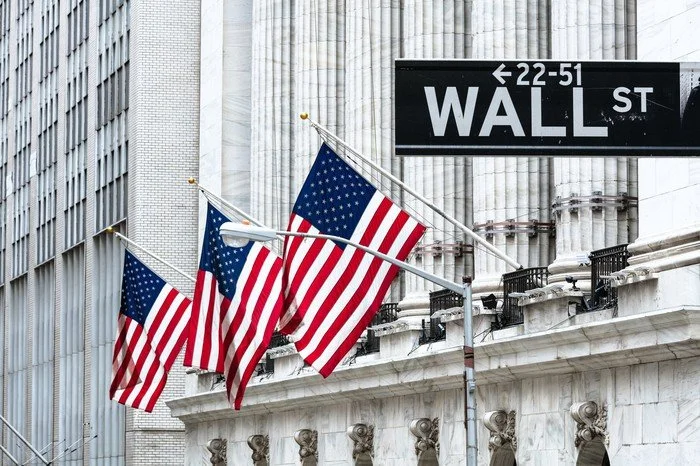
What is the public offering price?
The public offering price is the price at which a company offers its stock for sale. A company will set a public offering price when it first debuts on the market through its initial public offering (IPO). If a company chooses to sell more stock through secondary offerings, it will also establish a public offering price for shares.
Why is the public offering price important?
Stock represents an ownership position in a company. This ownership position is known as equity and can be purchased from the company or from other shareholders. A public offering price sets a value for one unit of equity and can be used to assess the total combined value of all its shares -- also known as its market capitalization.
When you buy shares on the stock market, you are typically buying from other investors who set their own price. But when stock is bought directly from a company, that company has the ability to set a specific public offering price. How stock is priced and how many shares are offered is a key factor that shapes whether investors are interested in buying, holding, or selling.
How public offering prices impact trading on the market
In an IPO, the public offering price will be the first price at which the stock is sold. If a company opts to sell more stock in a secondary offering, the public offering price can either match or diverge from how it was previously valued on the stock market. With both IPOs and secondary offerings, investors can respond positively or negatively to public offering prices. In turn, this can have a significant impact on the company's share price on the stock market and its valuation.
For secondary stock offerings, the public offering price set by the company selling stock can have a powerful impact on where its share price goes next. If the company manages to sell a large number of shares to investors at or above the previous market rate, that's often an encouraging sign. It demonstrates a healthy appetite for the stock at or above recent valuation levels and implies that a large buyer thinks the share price can go higher.
On the other hand, a company's share price will often fall significantly if the offering price is below what the company's stock was trading at on the market. Setting a public offering price less than its market price can allow a company to sell a large number of shares and attract necessary funding, but it's a move that typically won't make shareholders happy.

